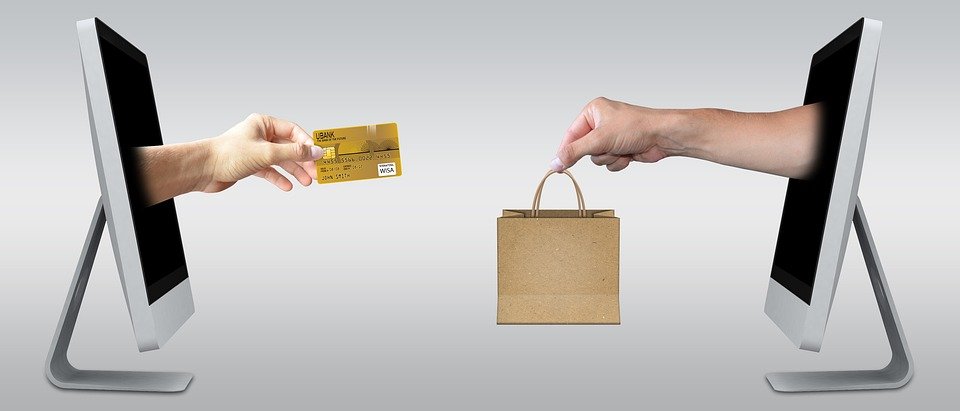Step-by-Step Guide to Improving Your Credit Score from Home
Improving your credit score is a crucial aspect of securing better financial opportunities in the future. Your credit score is a three-digit number that ranges between 300 and 850, and it reflects your creditworthiness. It is based on the information in your credit report, which covers your payment history, credit utilization, credit mix, and other factors. Here are the steps to follow for improving your credit score from home:
- Check Your Credit Report
To improve your credit score, the first step is to understand where you stand. Most credit score companies provide free credit reports to anyone who requests them. Check your report for any errors or inconsistencies that could be affecting your score. Look for late payments, outstanding collections, and incorrect account information, and notify your credit score company if you find any mistakes.
- Pay Your Bills on Time
The importance of timely payments cannot be overemphasized. Late payments hurt your credit score, and the more often you miss payments, the worse your credit will be. Set up payment reminders so you never forget a payment. If you’re short on cash, prioritize your debt with the highest interest rates. This will minimize the amount of money you pay in interest over time.
- Reduce Your Credit Utilization
Credit utilization, also known as your debt-to-credit ratio, is a major factor in your credit score. It represents the amount of credit you’re currently using compared to the total amount of credit you have available. Reducing your credit utilization will help improve your score. Ideally, you want your credit utilization to be below 30%.
- Increase Your Credit Lines
One way to reduce your credit utilization is to increase the credit limit on your accounts. Contact your lenders, and request higher credit limits – this doesn’t mean you need to spend more, rather it decreases your credit utilization ratio. However, be sure to only spend within your means.
- Monitor Your Credit
Monitoring your credit helps you stay on top of your financial health. You can set up credit monitoring alerts with your credit score company, so you’re informed anytime changes happen to your credit report. This can help you spot identity theft or other fraudulent activity quickly. There are several credit score monitoring services you can turn to and they offer free credit score monitoring reports.
- Keep Old Accounts Open
Closing old accounts may seem like a good idea, but it can actually hurt your credit score. It may decrease the overall amount of credit you have available, which can increase your credit utilization ratio. It’s best to keep old accounts open, even if you’re not using them.
- Diversify Your Credit Mix
Having different types of credit accounts, such as credit cards, student loans, and mortgages, can help improve your credit score. This is because credit mix accounts for about 10% of your credit score. Keep in mind that this doesn’t mean you need to take out multiple loans, rather aim for a balance of secured and unsecured loans.
- Seek Professional Help
It can be difficult to improve your credit score, especially if you’ve made some mistakes. If you’re struggling, don’t be afraid to seek professional help. There are several credit counseling agencies that offer free assistance on building and maintaining good credit.
In conclusion, improving your credit score from home is possible if you’re focused and dedicated to the process. Review your credit report, pay bills on time, reduce your credit utilization, monitor your credit, keep old accounts open, diversify your credit mix, and seek professional help if necessary. By following these steps, you’ll improve your financial health and secure better opportunities in the future.

